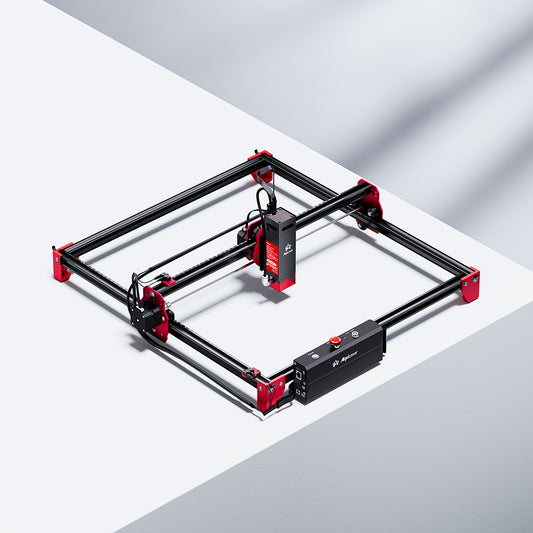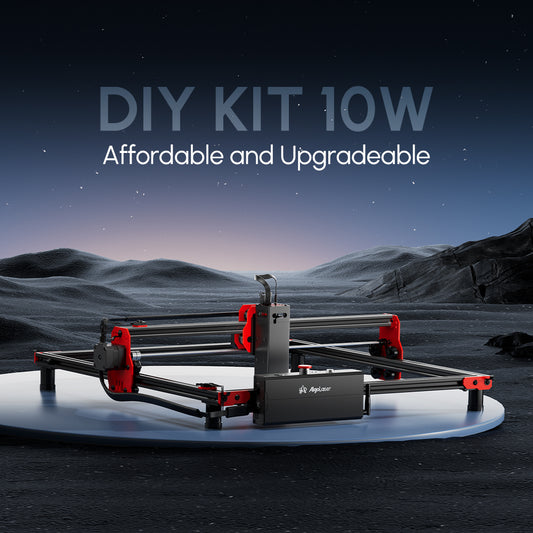Laser Processing Advantages
Laser welding can be succinctly summarized as a process that begins with the laser being absorbed by the material, which then undergoes a physical state change. Depending on the state of the material, laser welding can be categorized into two modes: conduction welding and deep penetration welding. In conduction welding, the material simply melts, making the welding process simple, stable, and shallow. Deep penetration welding, on the other hand, involves the melting, vaporization, and plasma formation of the material, along with a keyhole effect, making the process quite complex. However, it results in a weld seam with a large depth-to-width ratio, which is the primary form used in industrial applications.

Laser Welding Principle
Considering the key performance indicators of manufacturing and production, a technology generally needs to possess two characteristics to be considered for an upgrade: first, it should significantly improve product quality, which is a hard metric; second, it should substantially reduce costs.
Laser welding meets both criteria
it enhances weld quality due to concentrated heat, fast welding speed, and rapid cooling, resulting in a dense internal structure with fine grains and dislocations that impede movement between grains, thus improving the structural performance. The weld performance is close to that of the base material, and since the heat input is minimal, there is less deformation of the workpiece.
Furthermore, the technical characteristics of laser welding bring higher efficiency, greater flexibility, and more precision compared to traditional arc welding. For instance, when comparing common laser welding with TIG welding, the efficiency is approximately 5-10 times greater, which explains the recent surge in laser welding equipment in industries such as stainless steel straight seam pipe manufacturing. Greater flexibility refers to the ability of laser processing to work at a distance from the surface of the workpiece, minimizing spatial interference with complex structures, and allowing for the flexible processing of various curved surfaces, angle welds, and internal welds. For example, it was previously difficult to weld the interior of fans using arc welding, but laser welding can easily achieve this with offsetting. Precision means that in the case of small sensors, valves, and hardware components, where the size is very small and the heat-affected zone of arc welding is too large for precise processing, laser welding is used. Laser welding's depth-to-width ratio is 5-10 times greater than that of traditional arc welding, enabling significant melting depth and achieving single-sided welding with double-sided formation in medium-thick plates, overcoming the shortcomings of arc welding, such as insufficient penetration and depth.

Large Aspect Ratio
In terms of cost reduction and efficiency improvement
for thin plates, laser welding primarily reflects a multiple increase in efficiency and a reduction in deformation, which translates to lower scrap costs. For medium-thick plates, it is reflected in the elimination of the need for beveling and post-weld surface treatment, saving over 40% in time costs and more than 30% in processing costs compared to traditional arc welding.
Laser welding's applicability includes a wide range of weldable materials and the ability to join various dissimilar materials. Angles that are difficult to achieve manually can be welded automatically with the help of robotic arms. There is no need for electrodes, eliminating concerns about electrode contamination or damage.
Since it is not a contact welding process, tool wear and deformation are minimized. The laser beam is easily focused, aligned, and guided by optical instruments, allowing it to be placed at an appropriate distance from the workpiece and redirected around any surrounding tools or obstacles, which is not possible with other welding methods due to spatial constraints.

Comparison between laser welding and MIG (MIG still needs polishing)
Currently, the main application areas include power batteries, automotive parts, rail transportation, ships and vessels, and aerospace and military industries. Leveraging the process advantages of lasers, along with the localization of laser equipment, the cost of equipment is significantly decreasing. Core components such as laser sources, with domestic brands like Raycus and Maxphotonics among the top three, have seen the market share of domestic laser sources exceed 60%. The price of a 2KW laser has dropped from 10-15W per set in 2017 to 2-3W per set today, a reduction of over 80%. This trend is expected to continue towards higher power lasers.
Currently, the primary materials used are stainless steel and aluminum alloys, mainly replacing TIG and CMT processes. In the future, it will expand to a broader market of carbon steel and high-strength steel materials, further increasing the industry penetration rate and the continued positive outlook for the laser application market.






